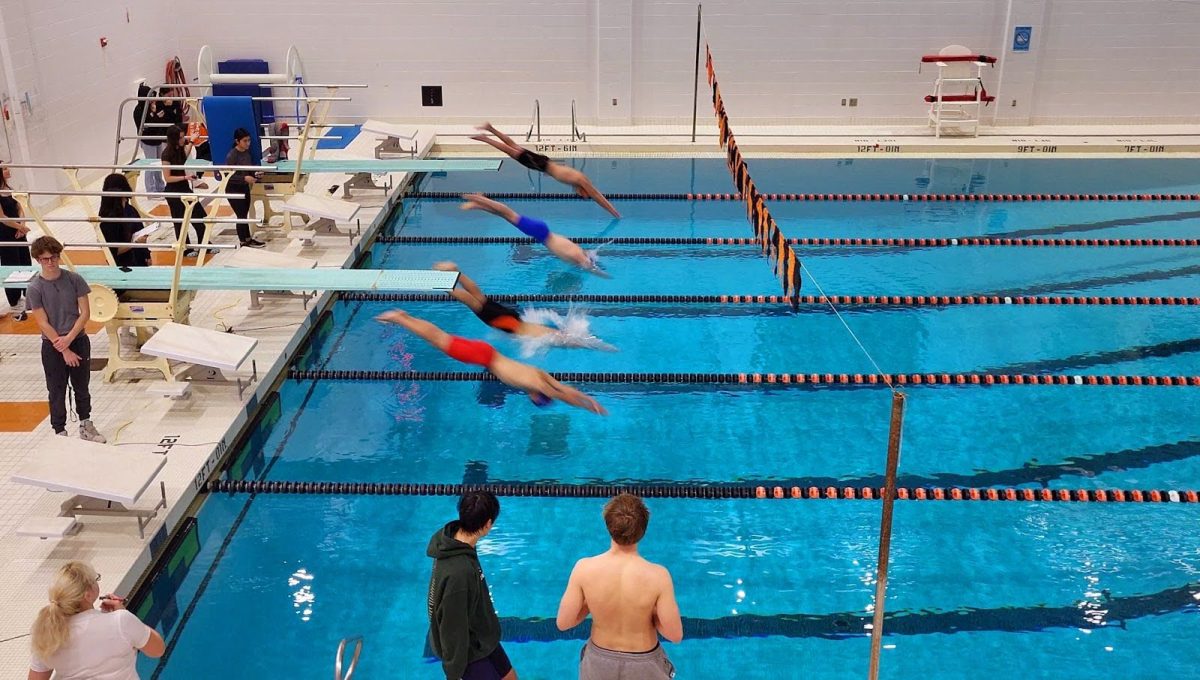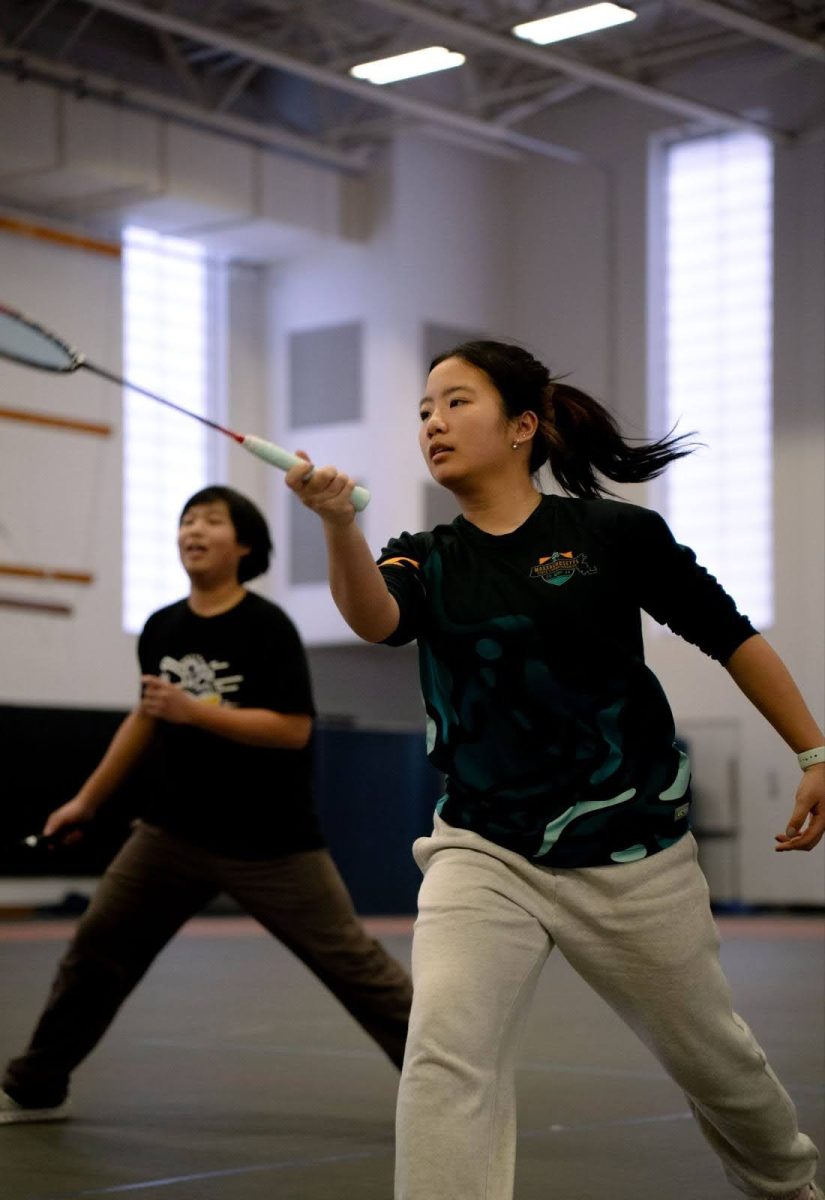Experiencing a wedgie is a feeling known by practically every female swimmer.
As a swimmer myself, I experience numerous swimsuit wedgies every practice. In fact, having a wedgie while swimming has become so normal for me that I am often unaware of the slight exposure of my underside to my fellow teammates. After all, the last thought in a swimmer’s mind while racing should be about how well their body is being covered. Yet, due to the constant policing of female bodies in sports, the seemingly harmless wedgie could now become a swimmer’s worst fear.
This past September, a race official disqualified a 17-year-old female high school swimmer after she won the 100-yard freestyle race during a swim meet in Anchorage, Alaska. The official deemed that her swimsuit had exposed too much of her backside, stripping her of the win.
Outrage from the female swim community followed, and for good reason. The swimmer wore a school-issued suit during the disqualification call, a suit the rest of her teammates had worn. The only difference? Her body was fuller and curvier than her teammates’ bodies. While the officials ultimately took back the disqualification after receiving much backlash from the swimmer’s school and the media, the initial call still angered many people.
Instances similar to this have occurred on the professional stage as well: during last year’s tennis U.S. Open Championships, an umpire penalized French tennis player Alizé Cornet for having taken off her shirt on court after realizing she was wearing it backward. People quickly took to Twitter to note inconsistencies with the calls made against changing on the court between men and women. Many tweets included pictures of male tennis players without shirts during the US Open, none of whom were penalized.
According to ESPN, at the time of the call, the Grand Slam rule book contained rules on where and when females were allowed to change. However, male tennis players did not have these same restrictions. This double standard angered many tennis fans, resulting in the changing of the rule so that both men and women would be allowed to change on court.
This situation and the one in Alaska are just two examples from a larger realm of similar incidents that stem from an underlying and often unintentional act of sexism: the excessive policing of female bodies in sports. For the female swimmer from Alaska, clearly her figure was what led to her disqualification. Similarly, during the US Open, the dress code regulating only female players illustrated the focus on female bodies and not those of male athletes.
In most cases, as demonstrated through the stories of the Alaskan swimmer and Cornet, women are punished for their “inappropriate” attire due to the supposed “distraction” they create. Yet, how is it fair to an athlete to face punishment based on assumption? When a girl shows a little more skin than is deemed “appropriate,” should officials assume that this action is purposeful inappropriate behavior intended to distract male spectators? This assumption stems from the underlying sexist belief that females are only concerned about how they look in front of men and that they are constantly trying to catch people’s attention with their bodies due to their inability to attain higher-level goals. While this train of thought may seem absurd, how else would an official justify giving a dress code violation to a female athlete in the midst of competition? And why is the same not assumed about men? The numerous times that female athletes are penalized compared to the rare instances of the same happening to male athletes illustrate the underlying sexism of society.
These assumptions create many issues surrounding women’s body image. In sports, body image issues are particularly prominent, especially for female athletes. There are many obvious contributors to the insecurities created by the emphasis on body image: people’s tendency to compare themselves to others, the creation of an “idealized” body emphasized on social media, and the use of Photoshop to reinforce the characteristics of this idealized image.
However, the societal targeting of female attire and female bodies is what truly drives body insecurities. After all, if society was not so focused on how female athletes’ bodies look and how to cover them, the idealized athletic female body would not exist. Because women are more frequently being called out for exposing their bodies, females are more conscious of their own bodies and how they look in competition, which can cause body insecurities.
So how do we prevent girls from becoming excessively conscious about their bodies, scared that their next wedgie could result in a penalty? Stop focusing on how girls’ bodies are covered. Stop assuming that when their suit harmlessly slips up their butt a little too far, it is an intentional act to distract and show off, because more times than not, that’s not the case. Female athletes have profound aspirations; penalizing them based on assumption effectively disregards these goals.
So the next time you watch a girl in competition, focus on her strength, her technique, or her power. Not her body.









































